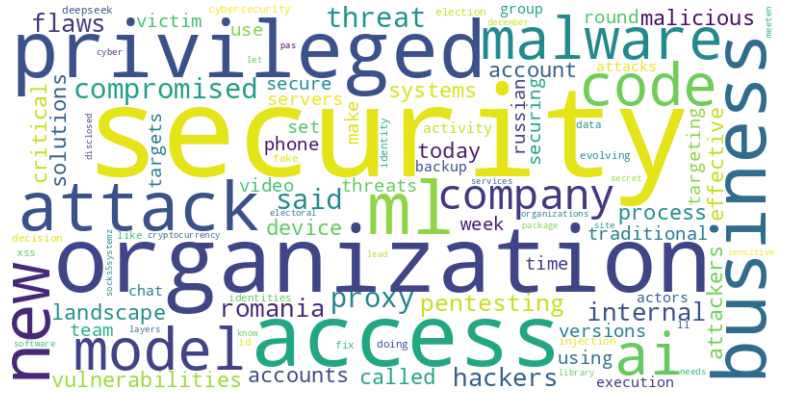The Global Cybersecurity Landscape: Trends, Threats, and Recommendations

In today’s hyperconnected world, cybersecurity is at the forefront of global challenges. A detailed examination of recent developments reveals an ever-evolving threat landscape, driven by advanced cyberattacks, AI vulnerabilities, and systemic weaknesses in network and identity security. Here’s an in-depth look at the global cybersecurity situation.
Rising Threats and Malicious Actors
Cybercriminals are employing increasingly sophisticated tactics to exploit vulnerabilities in critical infrastructure, cloud systems, and AI models. The Socks5Systemz botnet, for example, has emerged as a significant threat, using infected devices to operate illegal proxy services. This malicious network capitalizes on weak cloud security protocols to power unauthorized internet traffic routing, highlighting a global need for stronger defenses in cloud environments.
Weekly analyses of cyber incidents reveal that attackers are becoming more strategic, mimicking espionage-like tactics. These threats often target both individuals and organizations, aiming to breach systems, steal data, or disrupt essential services.
AI: A Double-Edged Sword
Artificial intelligence has revolutionized cybersecurity, offering tools for faster threat detection and response. However, vulnerabilities in AI systems, such as prompt injection attacks, present new risks. A recently uncovered and patched flaw exposed how attackers could manipulate AI-driven tools to generate harmful outputs. This vulnerability underscores the importance of securing AI models as they become integral to modern security frameworks.
Shifting Paradigms in Network and Identity Security
The rise of zero-trust architecture and automation is reshaping the way organizations approach cybersecurity. Network security is moving towards integrated and adaptive solutions, emphasizing automated threat detection and prevention systems.
Simultaneously, identity management is gaining prominence. Tools like Microsoft’s Entra ID are leading the charge in securing user identities with multi-factor authentication, passwordless systems, and additional bolt-on security features. Such measures are crucial as identity-based attacks, including phishing and credential theft, continue to rise.
Global Trends and Implications
- Increased Sophistication of Cyber Threats
Threat actors are deploying more advanced techniques, targeting AI, cloud infrastructure, and identity systems. - Cloud and IoT Risks
The dependency on cloud services and IoT devices has expanded the attack surface, as seen with botnets like Socks5Systemz. - The Role of Artificial Intelligence
While AI enhances security, its vulnerabilities necessitate robust protections to prevent exploitation by cybercriminals. - Focus on Identity Security
Strong identity verification methods and passwordless solutions are essential to combat the rise of credential-based attacks.
Recommendations for a Safer Future
- Adopt Zero-Trust Models
Implement zero-trust architecture to limit access to critical systems and continuously verify identities and permissions. - Enhance Cloud Security
Employ stronger cloud security protocols to prevent exploitation by botnets and other threats. - Secure AI Systems
Regularly audit AI models for vulnerabilities and ensure robust defenses against manipulation. - Strengthen Identity Management
Use advanced tools for multi-factor authentication, passwordless login systems, and adaptive identity security to prevent breaches.